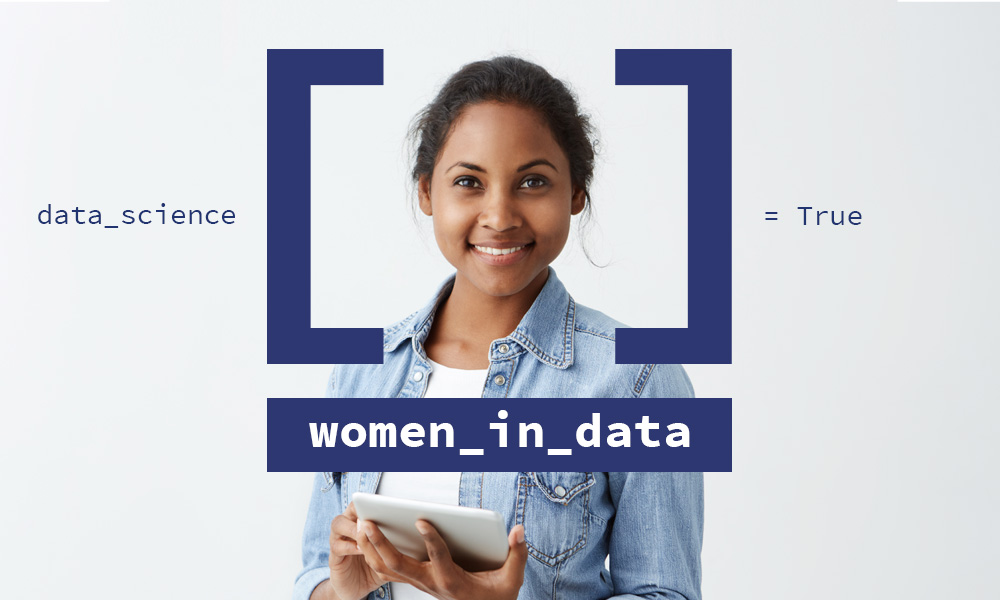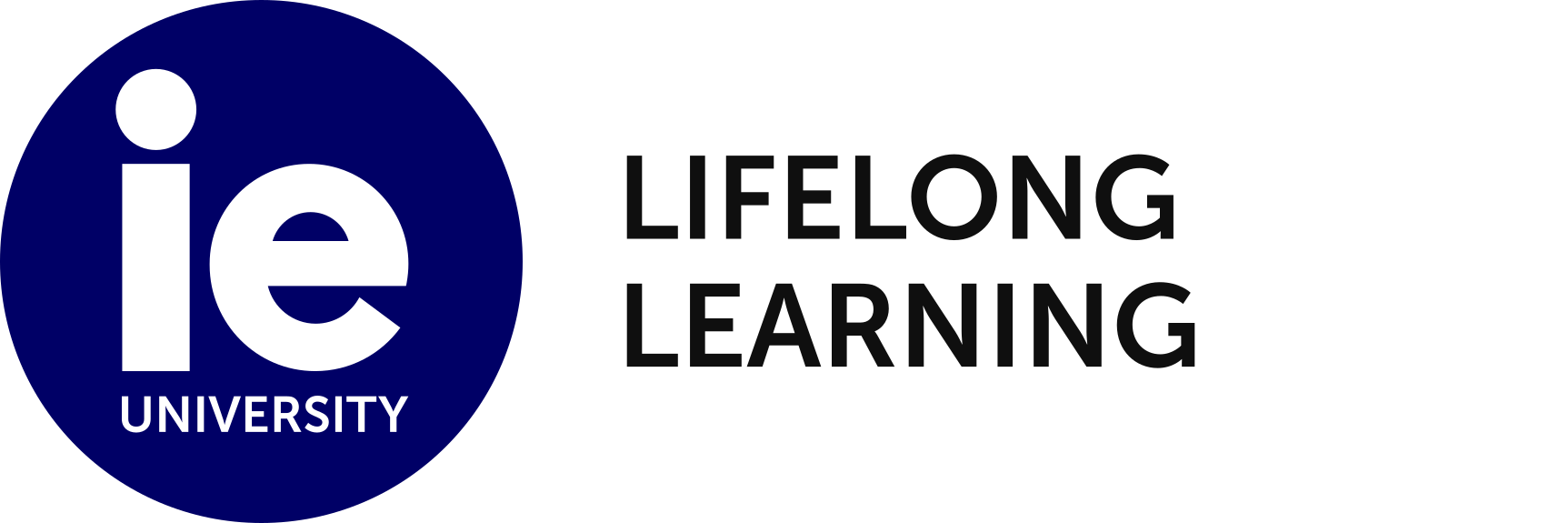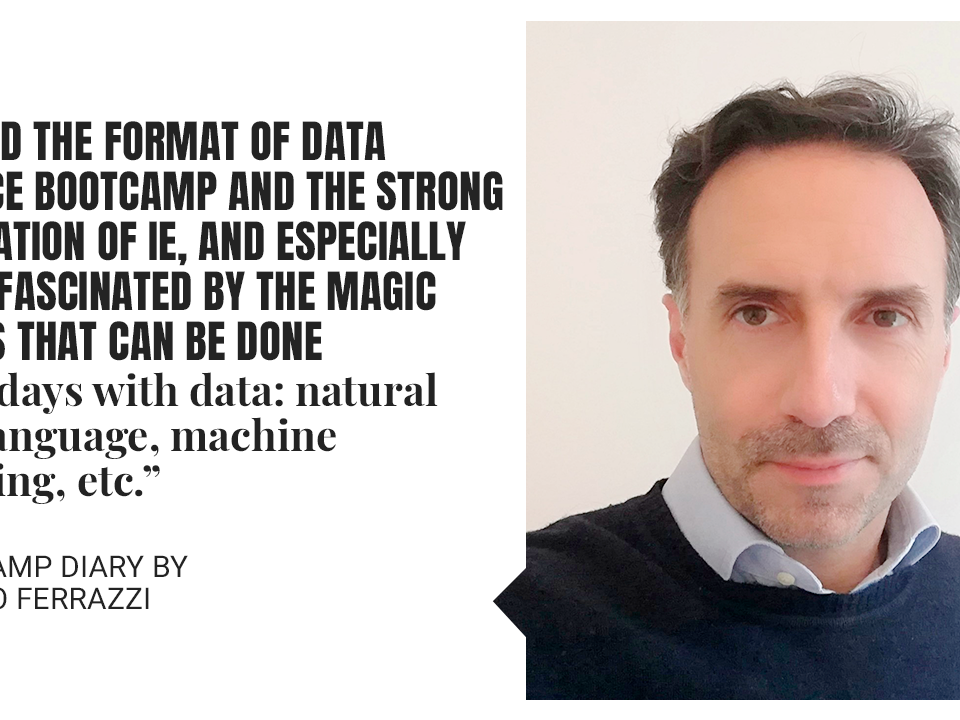Women in Data

The Future is Female
If one combs through studies, women are outperforming men in some respects. When it comes to education, in the United States, women earn more Bachelor’s Degrees than men.
While it is still true that women do not participate as widely in the labor force as men, especially in the United States for professionals between the ages of 25 and 54, it appears that things are changing. Movements like #MeToo and #TimesUp have brought issues of gender equality in a plethora of industries to the forefront. Karen Taggart, the Customer Success Manager for CloudBees, remarked that she had seen a change in the past year in an interview with Silicon Republic.
Despite that, there is a finding from McKinsey and Lean-In that implies that challenges for all women in the workforce: “…women are four times more likely than men to feel like they have fewer opportunities than men in the workplace.”
…But they’re underrepresented in Data Science
According to Women in Data USA, an organization that works to create more opportunities for women in data as well as to strengthen data literacy worldwide, only 20% of current data scientists are women. Bob Hayes of Business Over Broadway found that only 26% of those holding data positions are female. What could be the cause of that lack of representation in the field?
Fewer women are getting into tech
As merely a numbers game, the number of women choosing to study Computer Science has been declining since the 1980s when more US households were getting computers. Early marketing campaigns for the earliest personal computers that could not do much beyond playing Pong and the branding behind them influenced families that they should buy them more for boys than for girls. While 37% of Computer Science graduates were women in 1984, that number has since dwindled to 18%. One could say that the inherent bias of archetyping the computer scientist as a nerdy male could play a role.
Confidence Issues
In a study of its computer science program, Harvard University found that women with eight years of programming experience had the same confidence level as a male with a year of programming experience. They also found that over two-thirds of their study’s female subjects (67%) were more likely to claim that they had less computer programming experience than their male counterparts (41%).
They’re not visible
In a 2014 Op-Ed article in Wired, Claudia Perlich, one of the premier data scientists in the United States, remarked that many of the women in data scientist are not visible. In her experience, most of her female peers remained in academia, but the caveat to is that the prominent firms like Google and IBM are where, as she put it, “the magic happens.”
A simple solution to getting more women on the data science radar, according to Perlich, is to get more female professionals in visible positions to ensure that they are known for their ability instead of merely for their gender. There’s a long way to go. Perlich also remarked that one of the ways to overcome some of the challenges of females in data science is to ensure that these professionals gain recognition on merit as opposed to merely for their gender:
Ultimately, data science is another technical field where women remain statistically a minority, but I do not believe that we need to force the issue or “fight” for a higher female quota. I want to come to work and do what I love and be recognized for what I bring to the table and not waste even one thought on the fact that I am female.
And not only are women a statistical minority in data science, 51% of those who ended up leaving positions in Science, Engineering, and Technology ended up abandoning their training altogether, proving that training this new class of professionals will not be enough to improve the ratios.
There’s ample opportunity, regardless of gender
Nonetheless, the caveat about getting more women in data is not that there are too many qualified professionals for fewer positions. Even if the magic happens in tech firms, more female software engineers go into other fields such as banking or healthcare. While only 20% of female software engineers got hired into tech, that percentage is 32% in healthcare and 25% in banking.
Labor market barriers exist
It also doesn’t help that women are three times less likely to apply for internships at tech companies (a significant pipeline for full-time talent) and a Federal Reserve Bank of New York study remarked that 64% of employees were more likely to refer candidates of their same gender.
Not only that, there is another gender-specific behavior that may be getting fewer women on companies’ radar. In Lean In, Sheryl Sandberg (as well as The McKinsey Quarterly) referenced an internal study at Hewlett Packard that reported women will only apply to positions if they are 100% qualified for a role based on the job description. In contrast, men will apply for the job if they are only 60% eligible according to the text in the job description. Many hiring managers pad their job descriptions with lots of requirements that, while may not be necessary day-to-day on the job, will dissuade women from applying to a position (and the author of this post, a female marketer, has done this more times than she can count).
But, once women get in the door, the next bump is what firms can do to retain them. As we previously mentioned, women sense that they have fewer opportunities than men, and in the tech field, women, especially those starting out who are between 25 and 34 years-old, do not feel like they have the proper support. This trend requires that there be more of an impetus for mentoring these professionals, and their role can be critical in closing the gender gap. Groups like Women in Data USA and Women in Data Science at Stanford University are just some of the groups popping up worldwide that are looking to organize and bring them together.
More women= better business outcomes
But did you know that having more women makes things better? A recent study from the Peterson Institute for International Economics by Marcus Noland, Tyler Moran, and Barbara Kotschwar found a “positive correlation between the presence of women in corporate leadership and performance “in a magnitude that is not small.”” The “Women on Boards” study from MSCI found that companies on their World Index “…with strong female leadership generated a Return on Equity of 10.1% per year versus 7.4% for those without…” While MSCI’s disclaimer is that there need to be at least three women at the executive level to get their voices heard, other studies have also confirmed that having more female leadership improves companies’ abilities to innovate and boast better financial performance. In fact, one study claimed that the presence of more female leaders led to an increase of $42 million in value.
Now that we have the financial figures to justify that having more women will improve business, what comes next?
Have more women and more women will join
Claudia Perlich mentioned that this was the first of the insights she derived about helping boost the number of female data scientists. While she states that male leaders can foster environments where female data scientists can thrive, her personal experience in transitioning from academia to industry taught her “…that having women already in the environment, preferably in leading positions, can lead to a healthy culture that will encourage other women to join.”
In fact, large companies are actively looking for more women to join their ranks. And the IE Data Science Bootcamp Women in Data Scholarship is seeking to find the brightest talent that will join them.
The IE Data Science Bootcamp Women in Data Scholarship Competition
If you’re looking to show that the future of data science is female, the IE Data Science Bootcamp is looking for you, and you can win a full-ride to the IE Data Science Bootcamp (worth €14,000). The 11-week program includes a deep-dive into the Data Science field, with plenty of opportunities for work on real-life datasets and chances to mentor with professionals in the field (which, as we said, is fundamental for keeping more women in the world of data). Ready to find out about your task and to be the next IE Woman in Data? Get more details here and to get started on your entry.



